Visiting FDR’s home and Presidential Library
The front entrance to Springwood, FDR’s Hyde Park home. All photos by John O’Boyle / The Empty Nest Explorers
There is so much to see at the Home of Franklin D. Roosevelt Historic Site, including Springwood, FDR’s home throughout his life, as well as the FDR Presidential Library and Museum, and his burial site. Set in scenic Hyde Park in the Hudson Valley, the 1,000 acre estate is also a beautiful park with gardens and walking trails, and it’s only an easy one hour drive from NYC.
I can’t overstate how much we enjoyed this visit!
We had been here once before, but arrived too late to visit the buildings. Even so, the grounds are magnificent, a lush green park full of flowers and trees, trees, and more trees!!
Franklin had a particular interest and fondness for trees - he planted something like 400,000 of them on the estate throughout his residence there! You could go there just to study the trees! But we wanted to make sure we got inside this time.
Franklin and Eleanor Roosevelt were inspiring people - and they seemed to be the right people at the right time. Whatever your political bent, this site houses an important snapshot of history that, I would think, every American should find interesting. And visitors to America as well!
This is definitely a top notch stop for any traveler through the Hudson Valley.
Where is the FDR Historic Site?
The FDR estate is located in Hyde Park, a historic town in the scenic Hudson River Valley - the 150-mile valley that stretches from Westchester to Albany along the Hudson River.
This area offers an array of cultural, natural and historical experiences, idyllic settings and excellent dining. Along with some intriguing heritage sites, there are lots of markets, cute towns, scenic vistas, hard cider mills (this is apple country!) and no shortage of pretty picnic spots.
To get to Hyde Park, take the NY State Thruway to New Paltz and cross the Hudson River.
This part of the state has long been the retreat of wealthy and prominent New York families, who built their estates and country houses in the verdant valley along the river for an escape from the city.
The Vanderbilt Mansion is another big historic estate in Hyde Park that you can visit, and is also run by NPS.
Hyde Park is just a short distance from other charming historic towns in the area, such as Kingston, New Paltz and Rhinebeck, as well as the Walkway over the Hudson, a unique elevated pedestrian and bike trail that spans the Hudson River and offers stunning views. (You can read all about it in our post Walking across the Hudson River via 3 popular bridges.)
Just a side note, we found that cell service in this area is remarkably bad - a bit surprising since it is NOT in the middle of nowhere! Hyde Park is a rather busy, thriving town, and there are a number of colleges in the area, so the bad cell service was unexpected. Just something to be aware of if you are relying on Google Maps or the like.
The library inside FDR’s home.
Best way to visit the FDR Home and Presidential Library
The FDR Library & Museum is a separate ticket from FDR's home, Springwood, each with its own separate fee at $15 a piece.
We highly recommend you see both. It’s worth it!
The ticketing situation can be a little confusing, because although these attractions are on the same property, they are run by different entities:
The National Park Service runs the FDR estate, which includes Springwood and its related outbuildings, grounds and FDR’s burial site.
The FDR Library & Museum is part of the National Archives (since FDR donated his papers to the United States) and is run separately.
The Eleanor Roosevelt National Historic Site - There is also the Eleanor Roosevelt National Historic site on the property which is a smaller, separate tour that is also run by NPS.. It is housed at modest Val-Kill Cottage, where Eleanor lived after Franklin’s death. The ticket is free and is distributed on a first-come-first-served basis.
It’s really not as complicated as it sounds though, since the folks at the Visitor’s Center can help you with everything you need.
Make sure you have a credit card with you. The park does not accept cash.
We suggest getting your library tickets online first (though you don’t have to). It is easy to purchase them from the FDR Library website - we just thought it was worth it to have them in hand.
These tickets to the Library & Museum are good all day. We purchased ours just the night before so no need to over-plan.
The Library and Museum are open from 9:00 a.m. to 6:00 p.m.
When you get there, start at the Wallace Visitor’s Center. There you can check in with your library ticket receipt and can purchase a separate house tour ticket if you like. They will put you on the next available tour.
From May through October 2024, tours of Springwood will be offered everyday between 9:30 AM and 4:30 PM.
More detailed info on the schedule, hours and specific tours of Springwood Mansion here.
We recommend getting there as early as you can, since it does get busy in summer and the 40-minute guided tours of the house are limited to a small sized group for safety and preservation. So they might sell out, and you can’t buy them online ahead of time.
We got there around 10am on a Sunday in the height of summer and it was not too busy and we were able to get on the 10:30 guided tour without a problem.
The living room area of FDR’s home.
Taking a tour of Springwood, the family home of Franklin D. Roosevelt
Springwood was FDR’s birthplace, boyhood playground, lifelong residence and during his presidency, it was considered his “summer White House.” The estate is also his final resting place.
Charmingly, the guided tour of Springwood begins at the well-preserved stable, one of several outbuildings around the property. It really does step you back in time to prepare you for the house visit, like stepping through a temporal portal of sorts.
Springwood served as the Roosevelts’ “country house”, a place where they could relax and escape the pressures of politics. They retreated to Hyde Park often, and frequently hosted dignitaries and important political figures there, where they could speak informally, something Roosevelt found productive.
Some of the VIPs who were guests at Springwood included senators, ambassadors and cabinet members, as well as international figures Sir Winston Churchill and King George VI and Queen Elizabeth during the royals’ historic tour of Canada and the US in 1939.
The guest room played host to Sir Winston Churchill and King George VI
It’s a great tour - the guide will share lots of insider details about the history of the house and show you around the main floor. You get to walk around freely in the well-furnished entrance hall, but can only peer into the other rooms: a dining room, a living room, the “snuggery” (my new favorite word which means a cozy, private parlor), and the wonderful big luxurious library.
These are really fascinating spaces. The decor and personal items are presented as they would have been in Roosevelt’s time, circa 1941. Family photos and furnishings are meticulously displayed. While almost humble by modern standards (except for the library, the rooms feel rather small) the home was very state-of-the-art for its day.
Because Roosevelt suffered from polio, his house was adapted in all sorts of ways to accommodate his paralysis, which might not seem like a big deal today, but was quite a feat in these sorts of rambling-yet-tight houses of that era, which were often expanded over time in meandering ways resulting in strange layouts. Roosevelt had a lift installed that he pulled up manually himself using a rope and his impressive upper body strength. You will see many of the devices he used, wheelchairs, leg braces, etc throughout the house and later at the museum when you visit it.
FDR was what we might call a renaissance man, and the house reflects the depth of his many interests. Particularly intriguing to me was a cabinet of stuffed bird specimens that had been shot by Roosevelt himself as a young boy and he taxidermied many of them himself! (WHAT?) His mother put the kibosh on the homespun taxidermy though, when she thought the chemicals involved were harming him. But by the time he went to college, he had collected and identified about 300 different species of birds from around the estate!
The rest of his immense collection of bird specimens is actually now housed at the American Museum of Natural History in NYC. (again, WHAT?) As an avid birder, I’ve seen those mounted specimens at the AMNH many times over the years. Who knew they might have been collected by a young FDR!!
After the main level tour is done, they let you wander around the upstairs area on your own a little and peer into some of the more private rooms, such as Franklin and Eleanor’s own modest bedrooms.
FDRs wheelchair in his bedroom.
You can use an audio guide on your phone during this part of the tour or simply ask the guide a few questions; they are very well informed. We found the experience thorough and well marked enough that I didn’t feel the need for the audio tour.
The National Park Service app also has lots of self-guided information.
Taking photos in the house is allowed and encouraged - just no flashes please!
I will admit to having a few fangirl moments, seeing the places where my historical crush King George VI relaxed, ate and slept, as well as the library where he and the president stayed up late into the night discussing the fate of Europe as WWII loomed.
Heavy stuff, indeed!
BTW - if you want to read more about that historic and endlessly fascinating (to me anyway!) Royal Visit with the Roosevelts, here’s a great book about it - Hot Dogs and Cocktails: When FDR Met King George VI at Hyde Park on Hudson by Pete Conradi
FDR Presidential Library and Museum
FDRs office in his library.
FDR’s presidential library was truly one of the best museums I’ve ever visited. We spent at least two hours there, but easily could have stayed longer (if we weren’t so hungry by then!)
But I guess when you figure FDR presided over a period of time that covered the Depression, World War II, and massive social reforms, that’s a lot of ground to cover.
This was the first Presidential Library established in the US, and Roosevelt opened it himself in June 1941, while he was still in office, "to bring together the records of the past and to house them in buildings where they will be preserved for the use of men and women in the future”.
You can stand exactly where FDR stood when he dedicated the brand new building, leaning heavily on his podium for support. It’s pretty cool to look out from this perspective and imagine that scene.
Another great spot to look out and get FDR’s perspective is an exhibit of his presidential desk, displayed in a room designed to look like the Oval Office. It’s covered with some of the curious trinky-dinks he liked to collect - another unofficial hobby of this endlessly curious renaissance man.
FDRs White House desk.
We really enjoyed seeing the actual working office that he used as president in this building. It is looks exactly as it did when he used it in the 1940s, displaying his furniture, desk and even his wheelchair.
FDR was our only 4-term president - though he didn’t live to finish his last term. The museum covers this long and interesting administration through interactive features, films and plenty of artifacts. We loved seeing his very recognizable 1936 Ford Phaeton in person. He enjoyed driving this car himself, with specially modified hand controls, whenever he was at Hyde Park.
There are also special exhibits throughout the year.
Having a particular interest in World War II, I really enjoyed the re-creation of the White House Map Room, where Roosevelt could monitor military activities around the globe on special maps created for him by National Geographic. FDR had commandeered a ladies’ cloakroom in the basement and turned it into a top secret communications center that was modeled on a similar room maintained by Winston Churchill. Our renaissance man, it seems, had a life-long obsession with maps.
Of course he did. What wasn’t this guy interested in?
Sadly, Roosevelt didn’t live to see the end of the war. He died unexpectedly of a cerebral hemorrhage just a month shy of VE Day.
Roosevelt left an important legacy - not the least of which was the start of the tradition of presidential libraries.
His presidential library and museum tells his story in a truly engaging, well-done experience, and maybe one day, I’ll make a research appointment - after all, that’s what Presidential Libraries are for!
Burial Site of Franklin and Eleanor Roosevelt
It’s definitely worth taking a short stroll to the gravesite of Franklin & Eleanor. The grave is very moving in its simple yet stately elegance. Surrounded by a hedge of hemlock trees and a vibrant border garden of roses, peonies and other rich blooms alive with bees, butterflies and fritillaries, the plain white marble monument - much like the monuments in Washington DC - has a stately presence in the center of beautiful nature.
It seems just right - emphasizing his connection to this quiet place while still feeling very presidential.
Okay, time to lighten things up, here’s a great tip: You will definitely be hungry after all that walking around (and thank you Franklin for all those shady trees on a very hot July day!). Right across the street when you leave the FDR estate is a great spot for Mexican food - La Catrina. We had tacos there and the food was really delicious and the atmosphere was fun and relaxed. They have a huge, cool-looking bar that was empty during lunchtime but I imagine it is that size for a reason! Highly recommend it.
Val-Kill Cottage, the Eleanor Roosevelt National Historic Site
Just to give you an idea of how big the Roosevelt property is, Val-Kill cottage is actually two miles away from Springwood! Like Springwood, the cottage is accessible by guided tour only. It’s a much smaller house and the tour is free on a first-come-first-served basis.
Eleanor Roosevelt is a fascinating figure in her own right. A pioneer for civil and women’s rights, she wrote a daily newspaper column expressing her opinions and was appointed as a delegate to the United Nations General Assembly in 1946. She also hosted a weekly radio show, wrote numerous books, and took an active role in governance.
The Roosevelts had a complicated relationship, and Franklin relied on her greatly, especially as his mobility got more restricted. In many ways, she changed the idea of what a First Lady could be - not only a great support to her husband but politically active, outspoken, and accomplished for herself.
But Eleanor never felt all that comfortable at Springwood, which was really her mother-in-law Sara’s house.
As a result, Val-Kill Cottage became her home - the only place she could truly call her own. Here, she could entertain whomever she wanted or just be alone to read and do her writing. After FDR's death, Val-Kill became Eleanor Roosevelt's permanent home and is now a historic site dedicated specially to her and her legacy.
We didn’t get to Val-Kill on this visit, but would love to next time we are in the area!
You can learn more about Val-Kill Cottage and how to visit it at Tour Val-Kill Cottage on the NPS website.
The Hyde Park Train Station
Just a small but interesting stop to make on your way is the nearby Hyde Park train station. It is no longer an active station, but the tracks along the picturesque Hudson are still in use as trains whiz by this historic station that was connected with the Roosevelts and a host of historic events.
The station house is a little museum now, though it didn’t look like much was going there when we showed up. A peek in the window revealed some sparse displays and gave me an eerie startle as the period-dressed mannequins looked real at first. 😳
On April 25, 1865, President Lincoln’s funeral train passed through Hyde Park station. Today a red “folklore” sign claims his “ghost train” is often seen passing through here on April 25. Hmmm. I don’t know about that, but those mannequins were kind of spooky!
From 1929 to 1932, President Roosevelt used this train station to travel from his home in Hyde Park to Albany as governor of New York. And in 1939, the King and Queen of England used the station when they departed Hyde Park on their specialized Royal Train after their famous "Hot Dog Picnic” with the Roosevelts. In 1945, FDR's funeral train used the station for his burial at Springwood.
Anyway it is just one of those quick “why not” stops, and it gave me another chance to walk in the King’s footsteps. ;)
It’s fun when you connect with places you visit.
Let’s close with a little scene from Springwood, June 1939:
President Roosevelt (offering cocktail): “My mother doesn’t approve of cocktails. She thinks I should offer you a cup of tea.”
King George VI (accepting cocktail): “Neither does my mother.”
Cheers, gentlemen!
This post was researched and written by Debbie of the Empty Nest Explorers. You can learn more about the Empty Nest Explorers here


























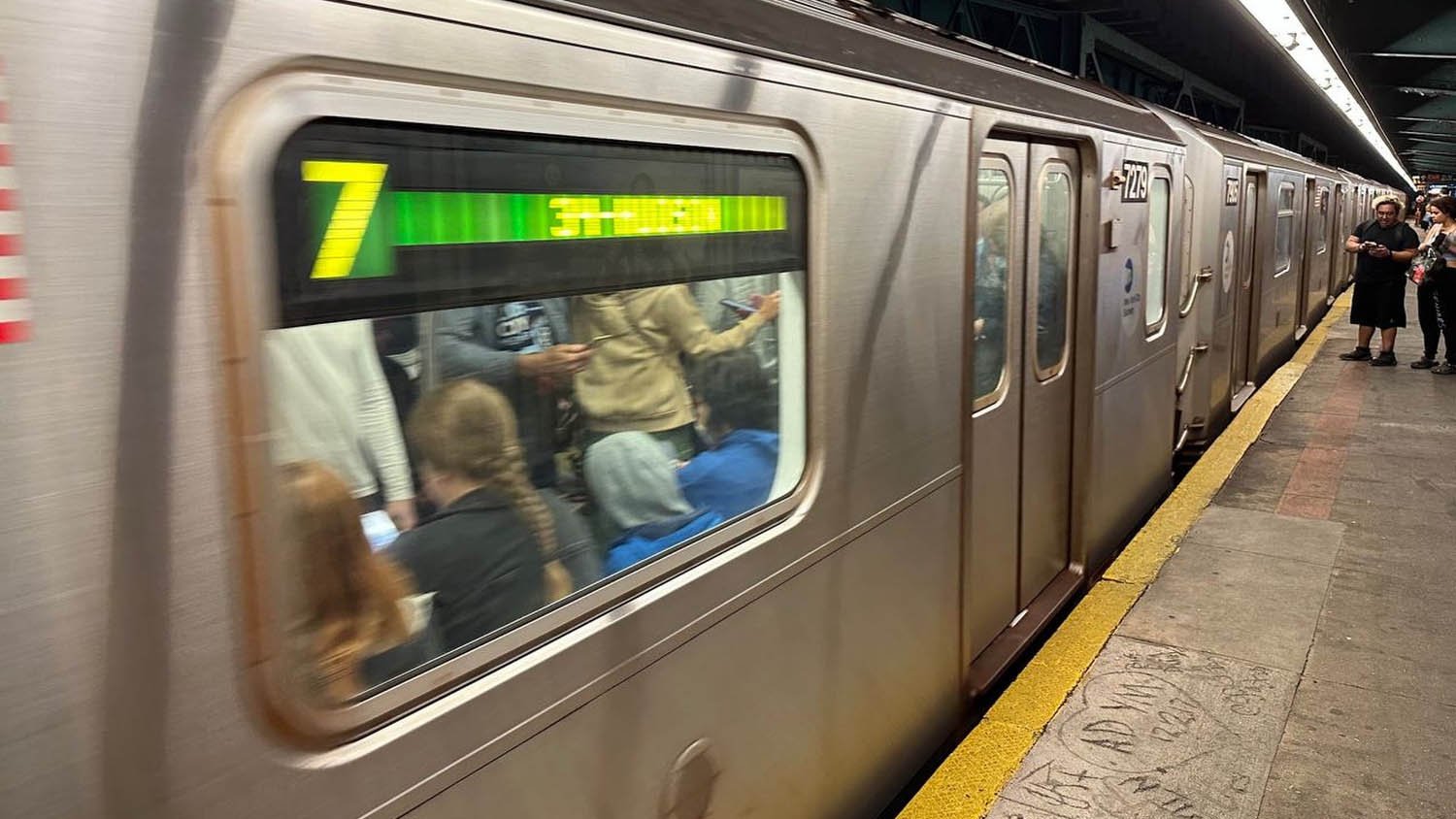
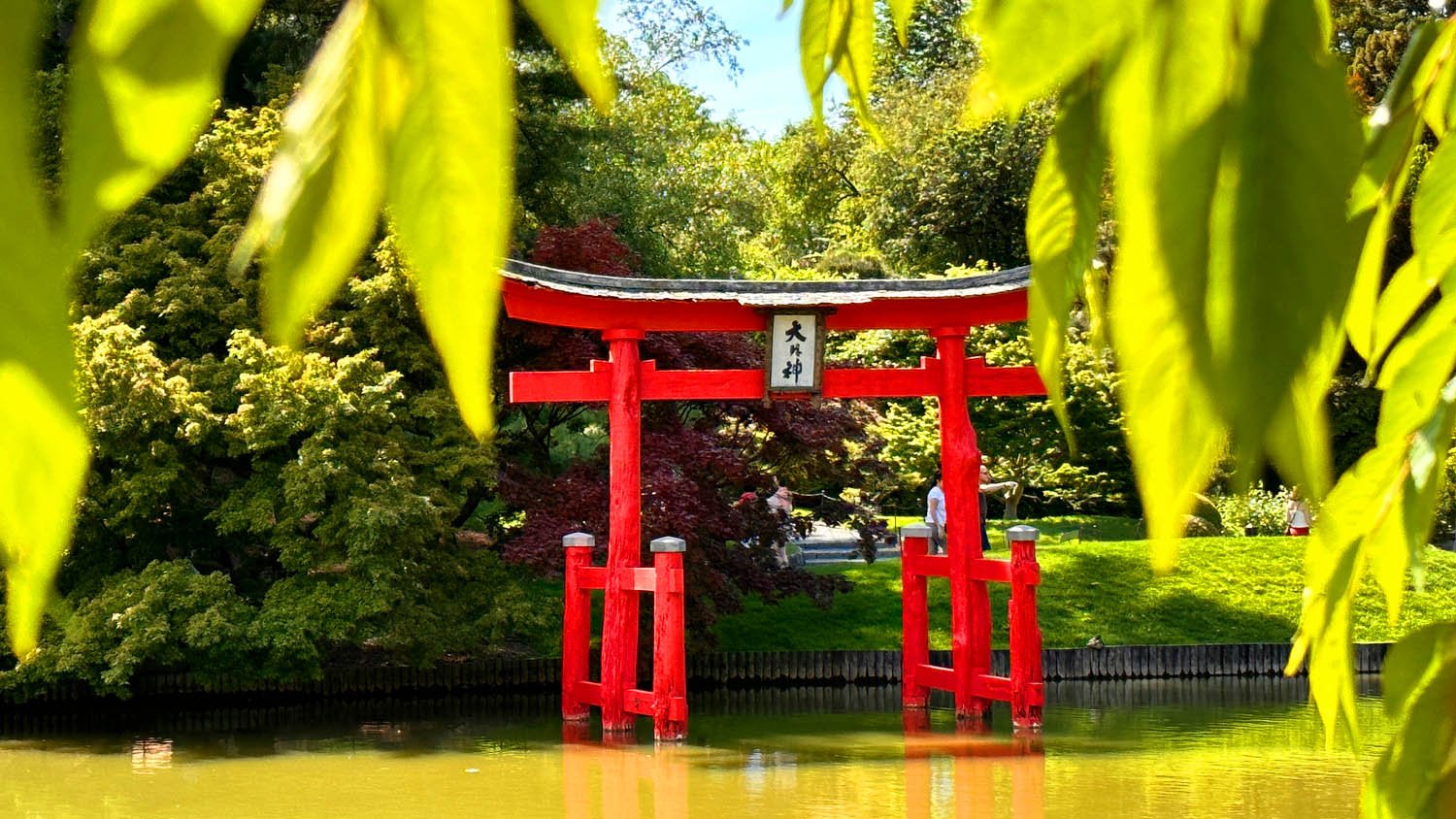

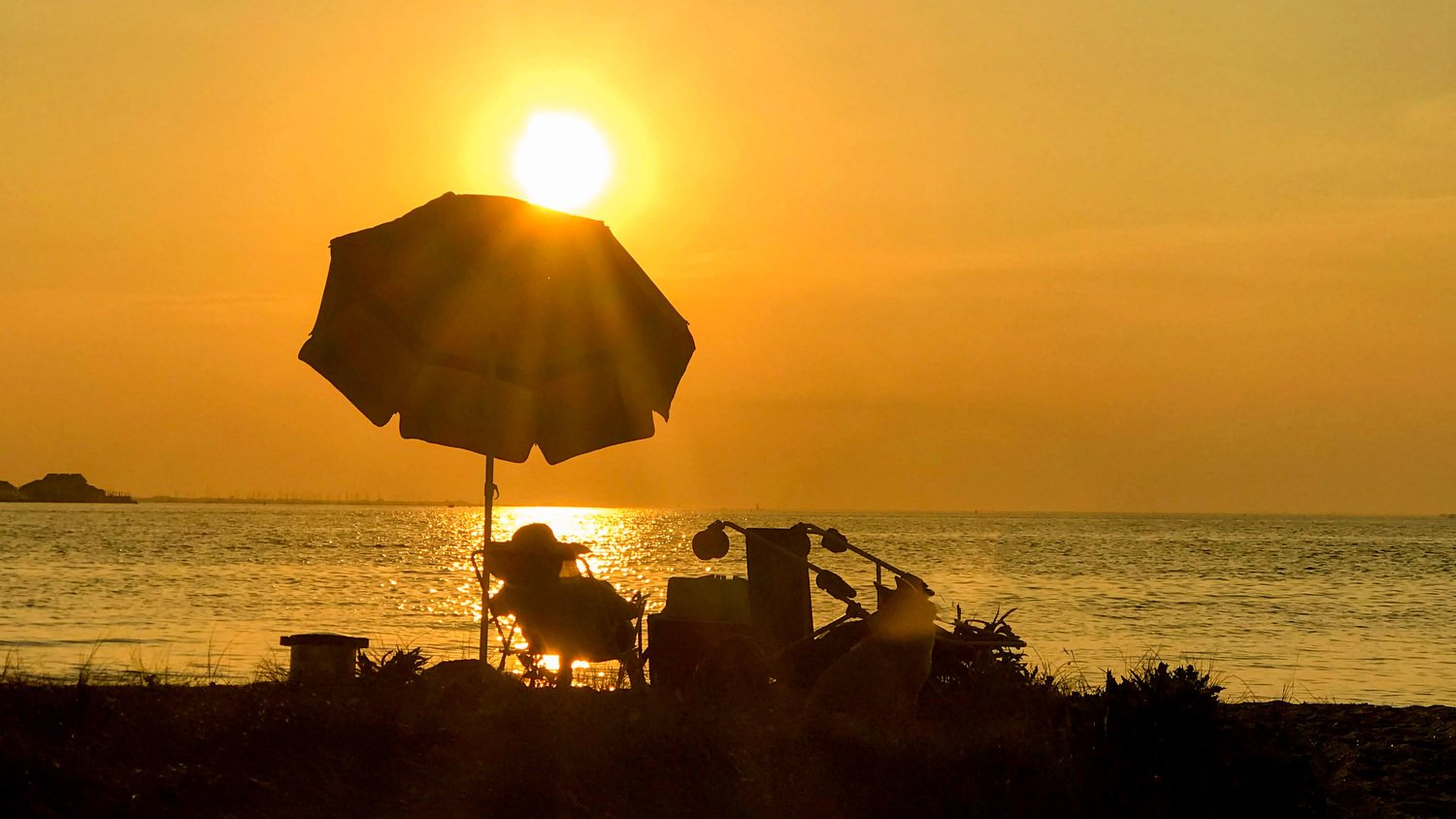
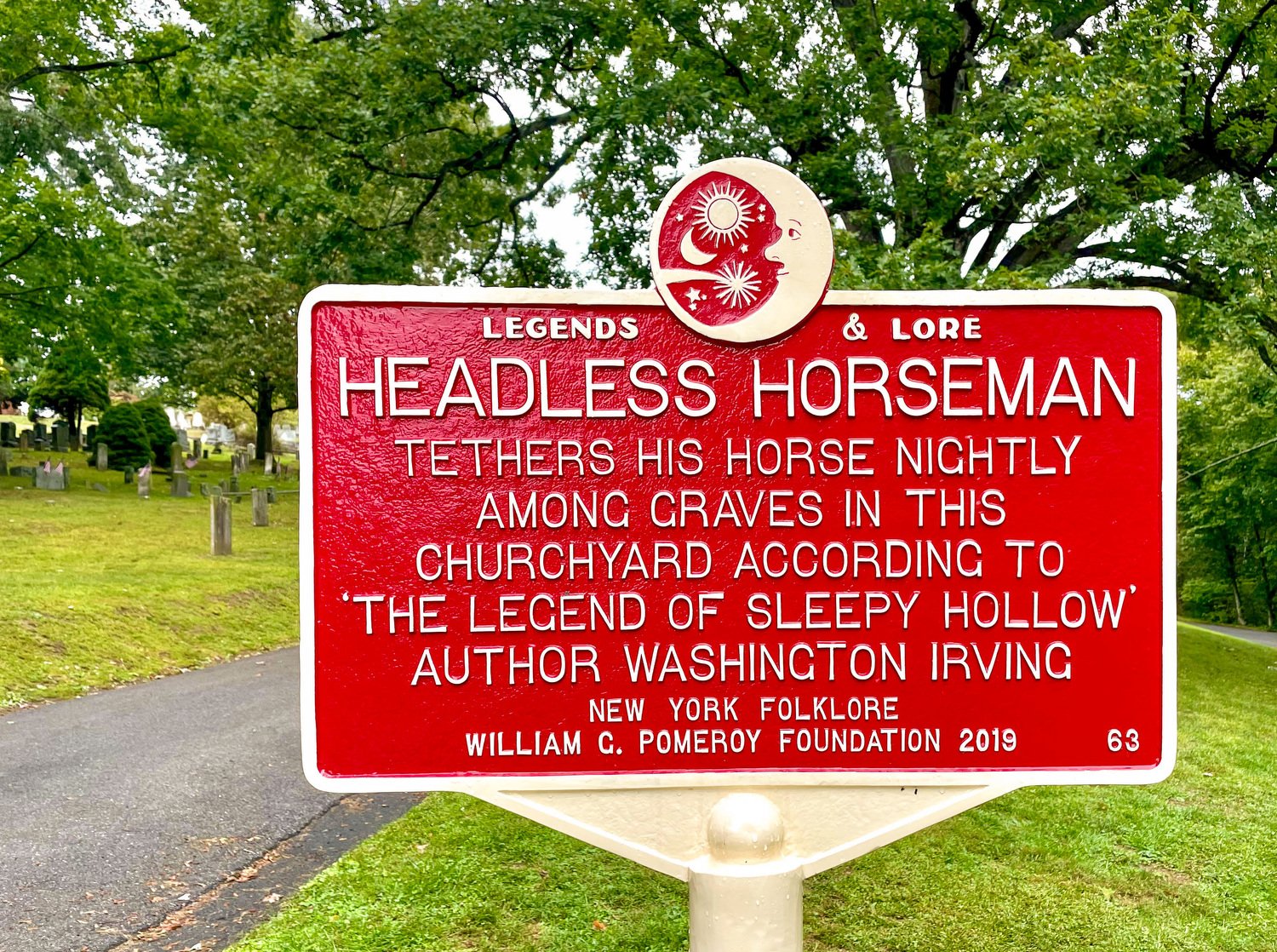


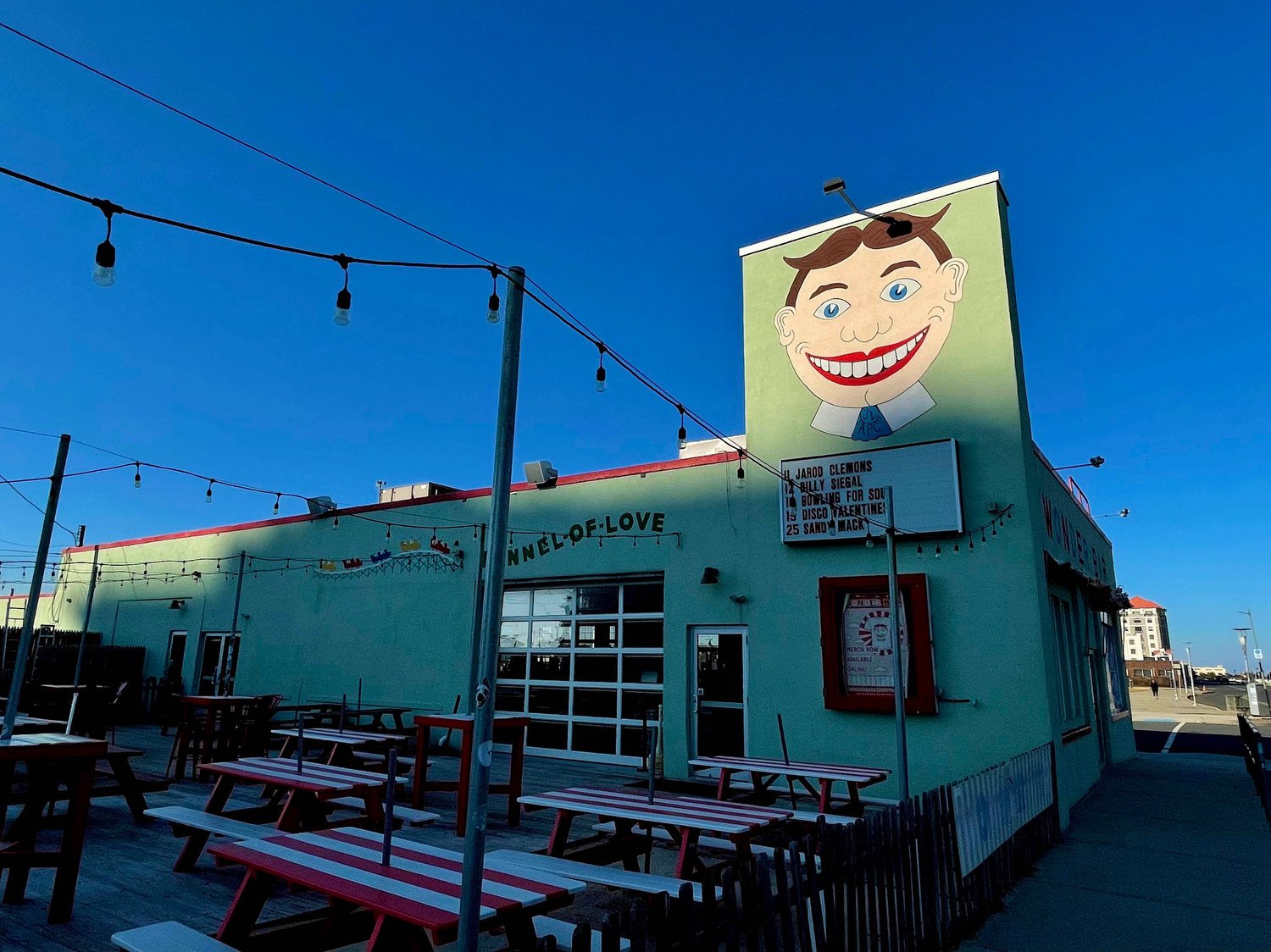
In New York City, with over 700 hotels, it’s very difficult to stand out. But The Beekman, a Thompson Hotel, located in lower Manhattan, is a notable hotel.
The hotel building dates back to 1881 and features a nine-story atrium and two top-tier restaurants.